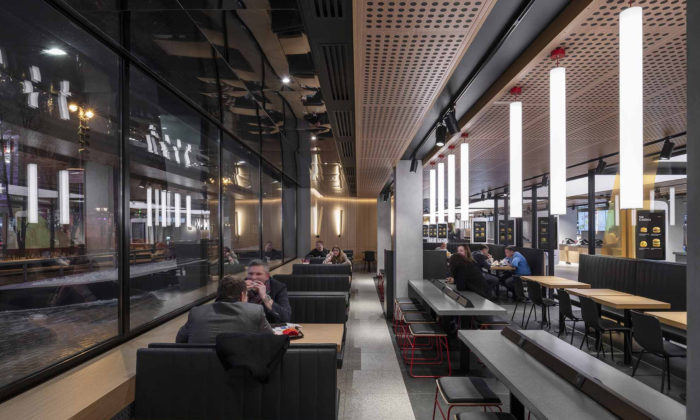woodferret said:
Tom Gensmer said:
...so I'd have to think there's a fire-rated MDF product out there in the world. And, to be clear, it may not be called out as "Fire Rated MDF"...
Medite made it easy. Medite FR - Class A(1) Uniboard also makes one and it's labelled FR so I guess that's probably what they've settled on - which is nice.
Never take the fire rating at face value.
A little over 50 years ago I was selling SIPs (structural insulated panels). I was selling structural insulated panels before they had a term for them.
The panels I was selling had a honeycomb core bonded to an interior aluminum skin and an exterior aluminum skin. It depended on the dead air space in the honeycomb for the insulation value.
Our panels had a UL fire rating and a BOCA fire rating.
Our customers bought the panels and cut them to size and assembled them with special aluminum extrusions.
Our competitor’s panels had a wooden frame work and foam filler for insulation. It also had a UL fire rating, but a different one than we had.
I was driving on Long Island once and saw a building with a huge sign that said “UL”. I went in and asked if there was an engineer who could explain the difference between our UL fire rating and out competitor’s UL fire rating.
Our competitor’s fire rating said that it was self-extinguishing in horizontal applications. That is, if you withdrew the source of the flame and the panel was horizontal, the resulting flame would self-extinguish.
It was not self-extinguishing for vertical panels.
Our panels were self-extinguishing for both vertical and horizontal situations.
The reality was that our panels would self-extinguish in wall and ceiling applications.
Our competitor’s panels would merrily burn in walls all the way to the top.
Both could combust.
I think most people assume that if something is “fire rated”, that it means it cannot catch fire and cannot support a fire. That is not true.
Also, most manufacturers test when the product is still “green”, that is, that it is still laden with moisture.
It has been a very long time, but as I recall, a double wall made from cinder block will have a 2 hour fire rating. That is, if there is a fire on one side of the wall, items on the other side will not combust for at least 2 hours.
But that is for “green” cinderblocks. Cinderblocks shed moisture over time and a fully dried cinderblock wall can have a fire rating substantially lower than 2 hours.





